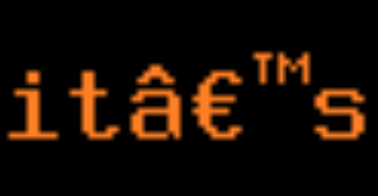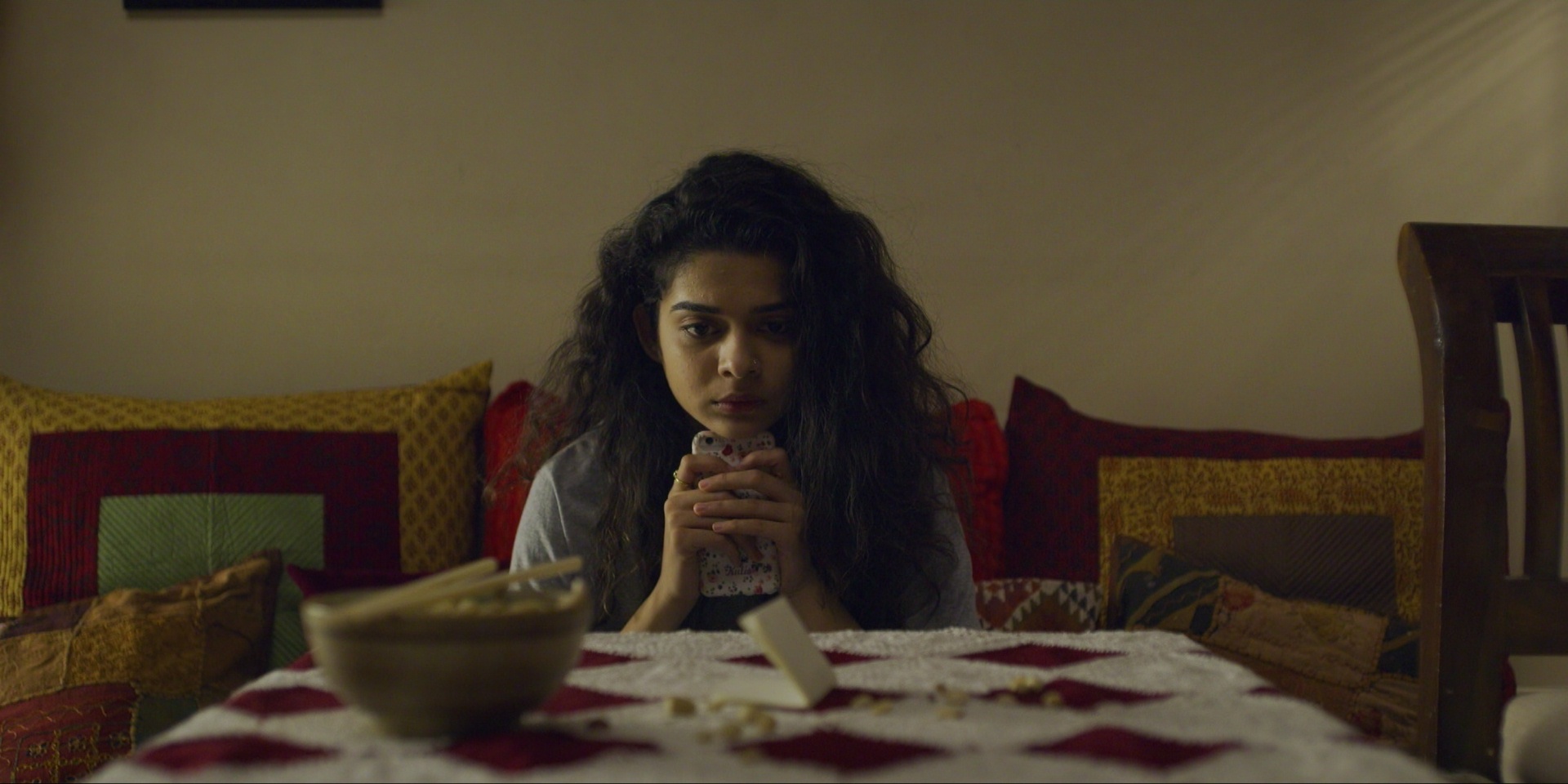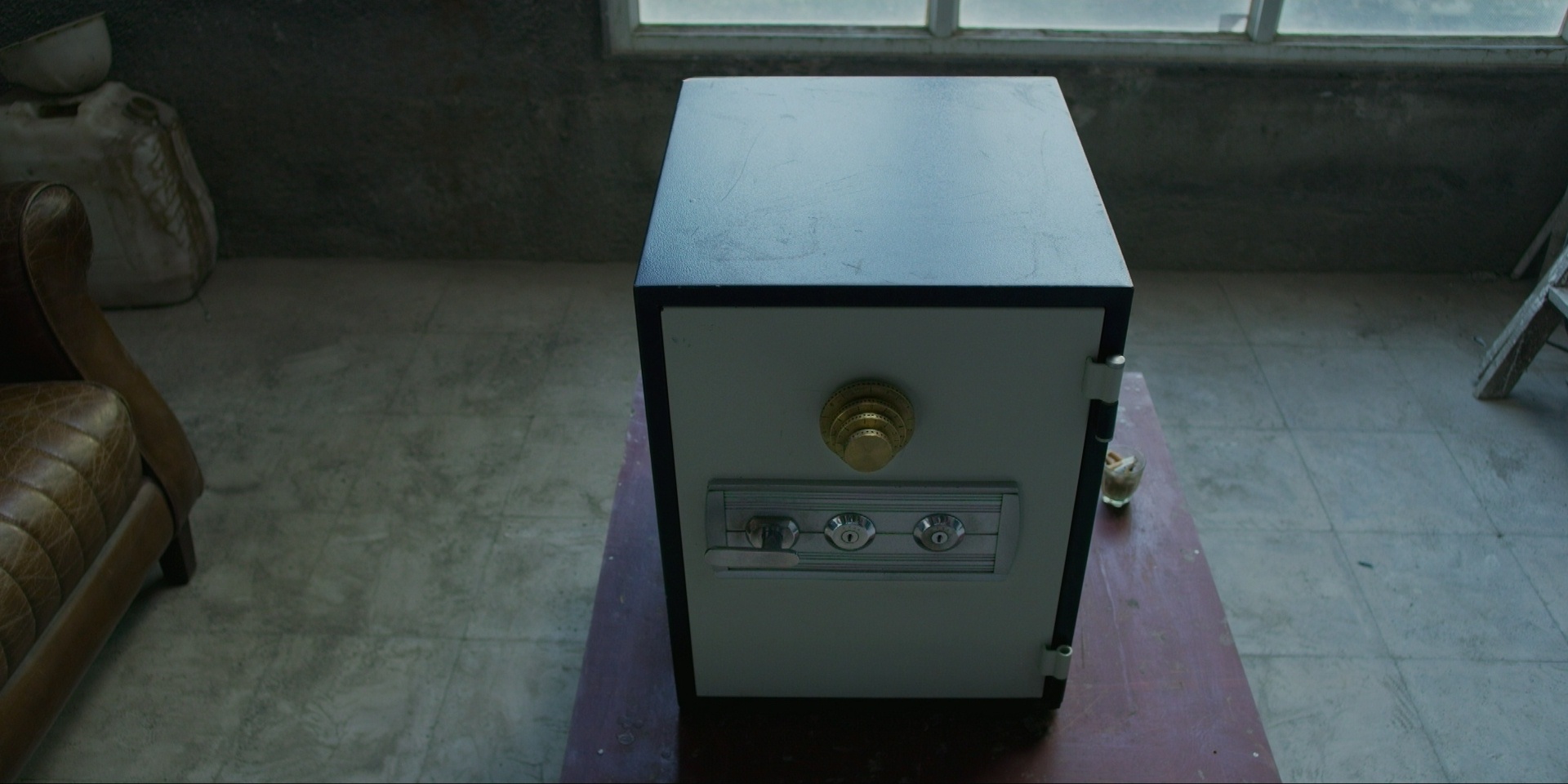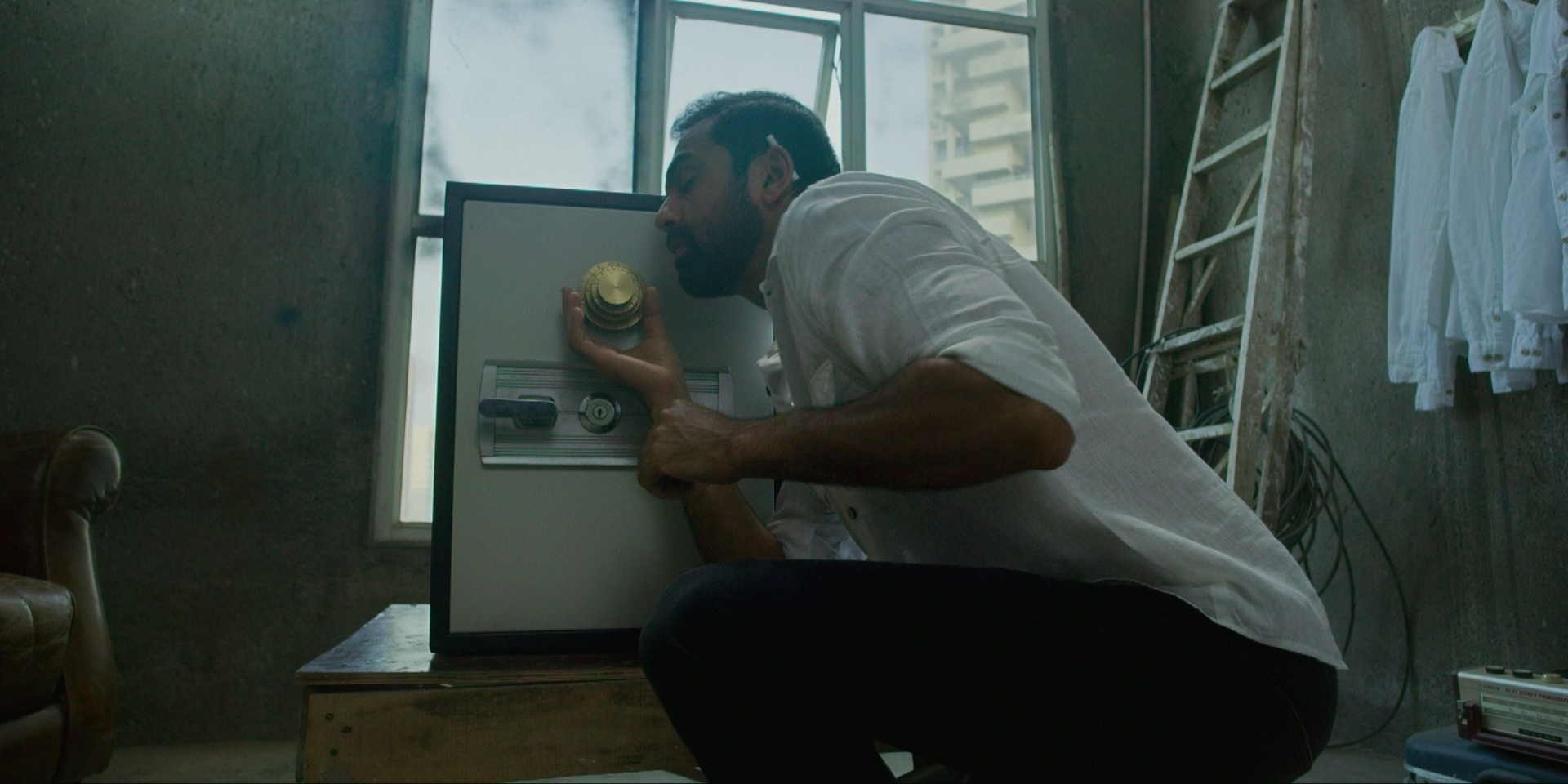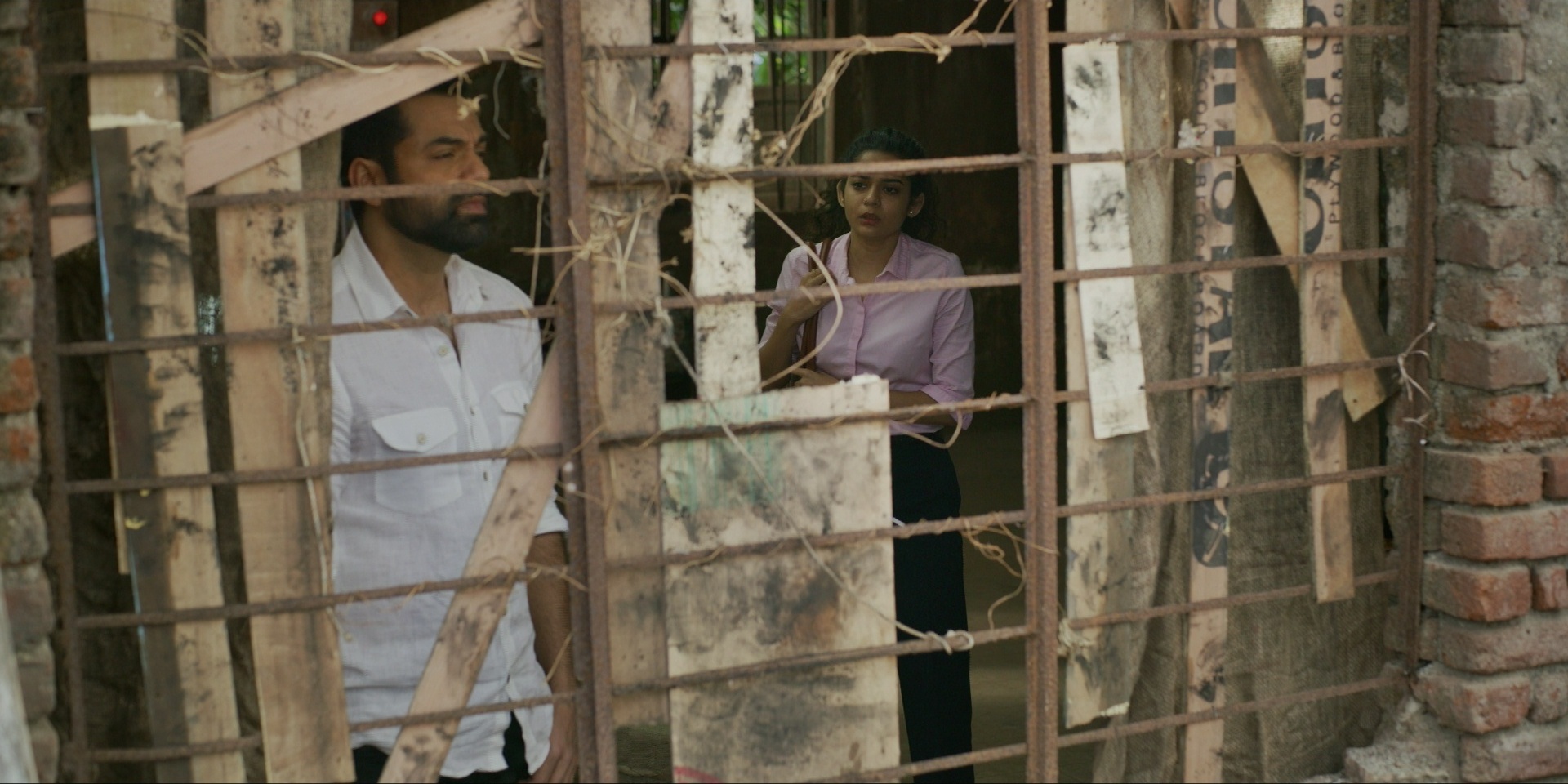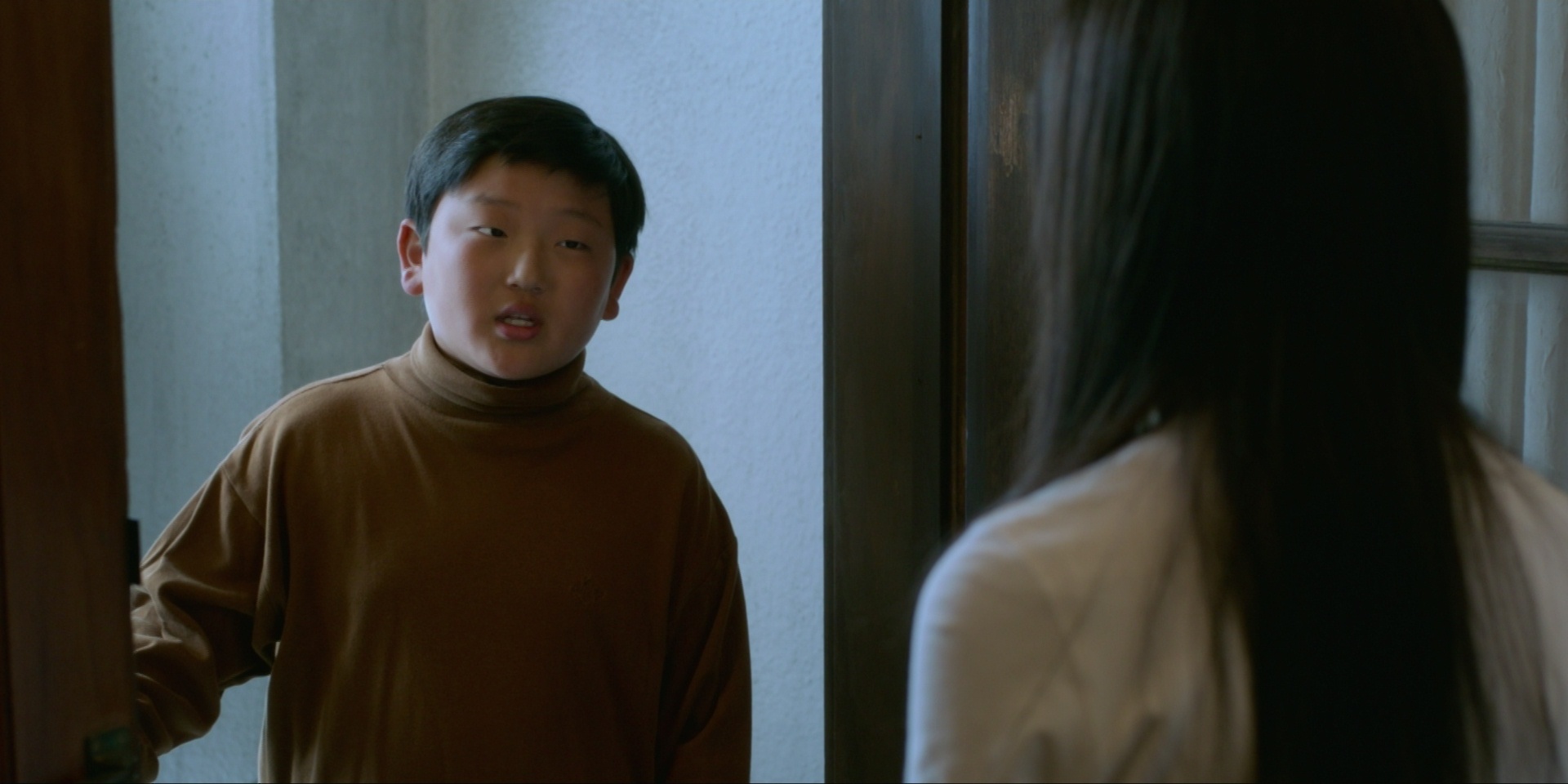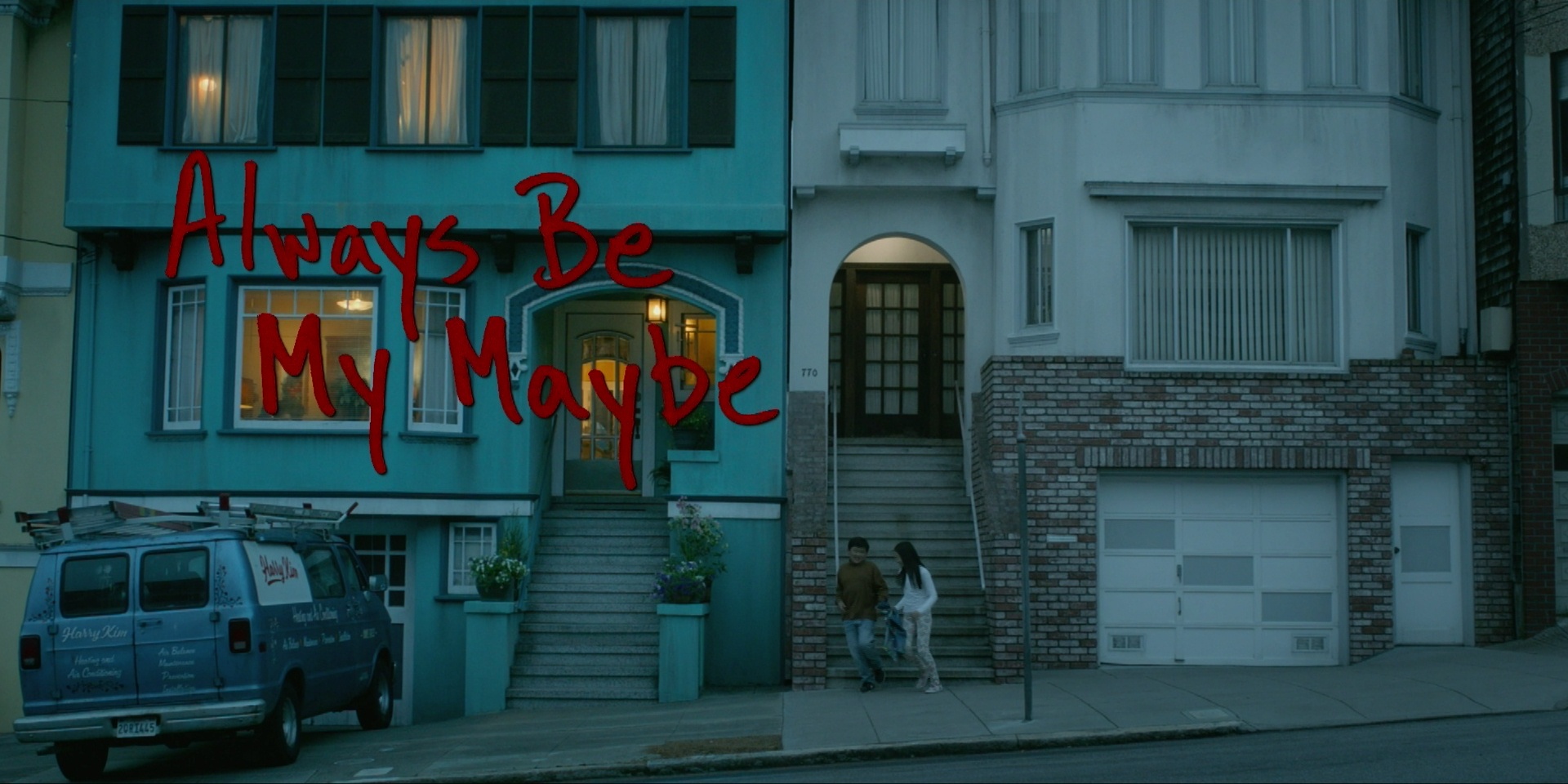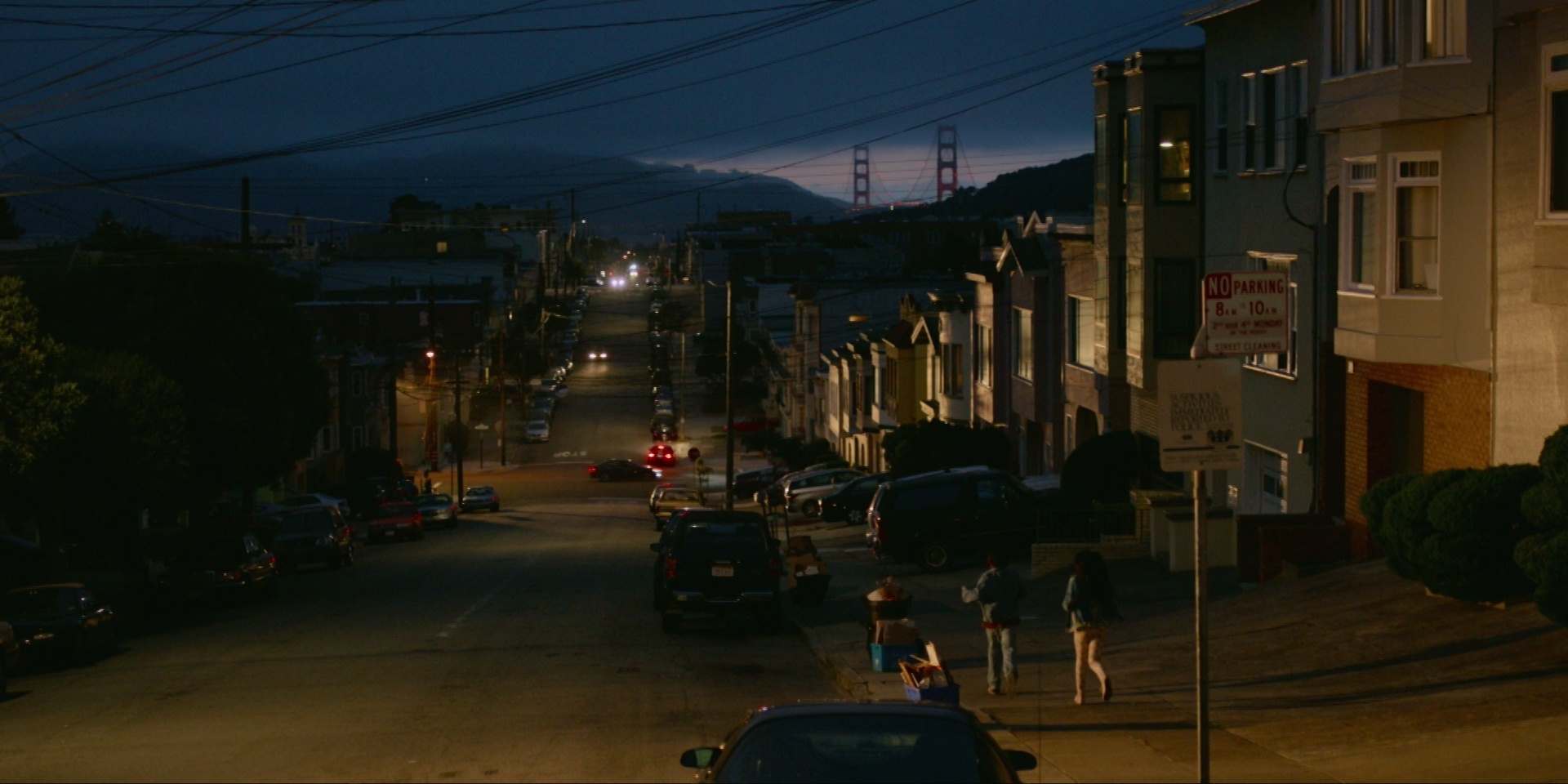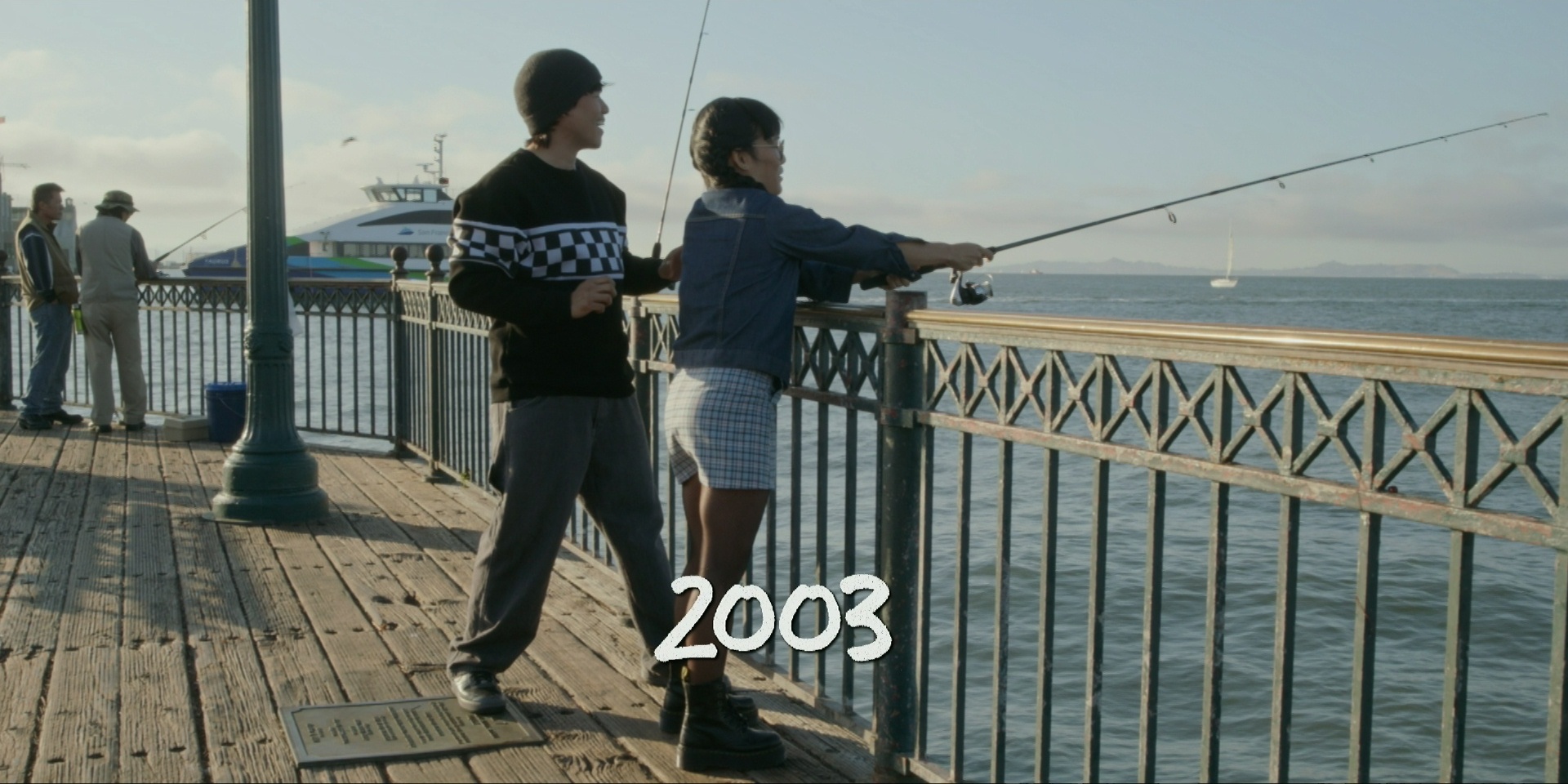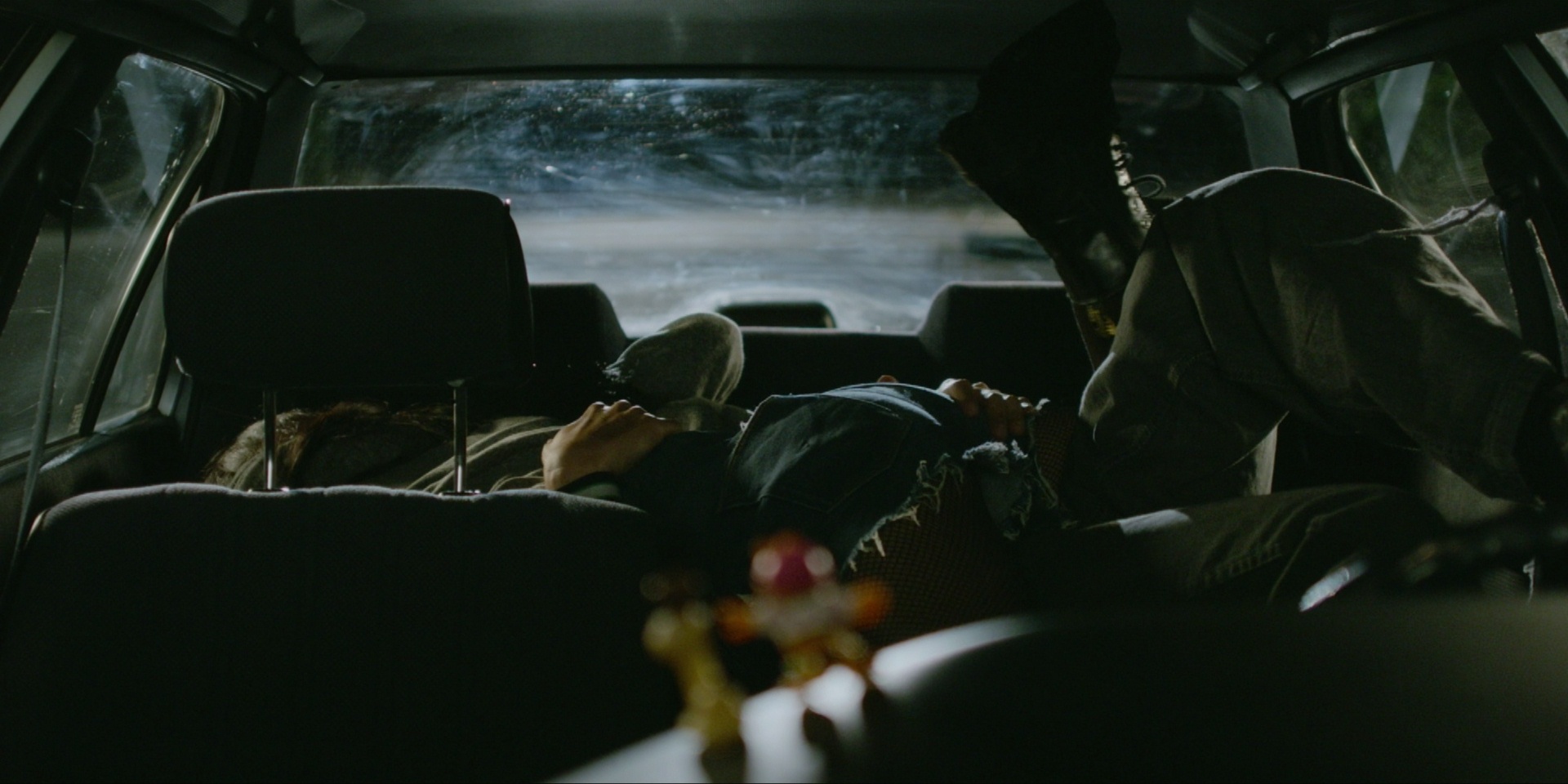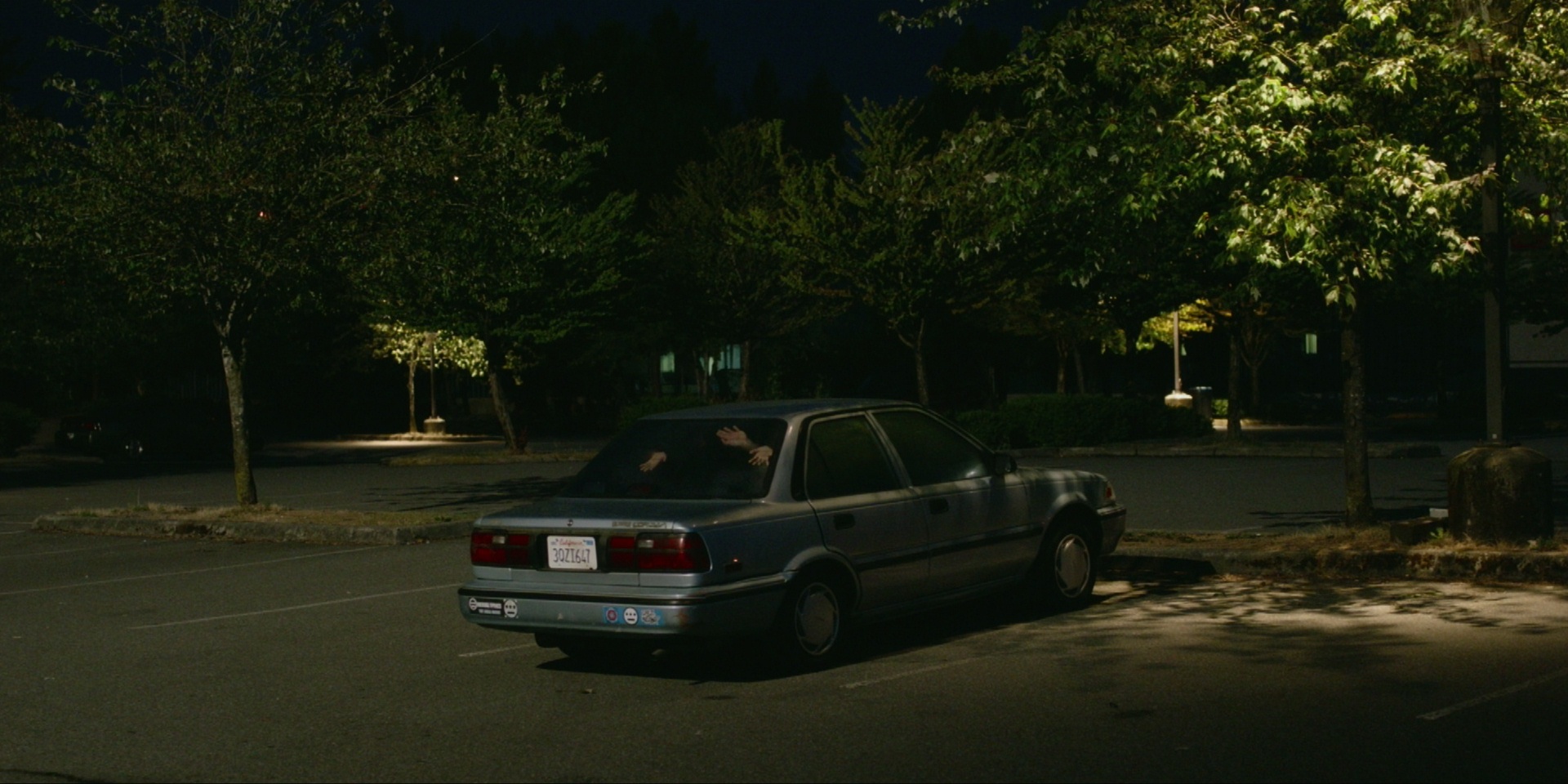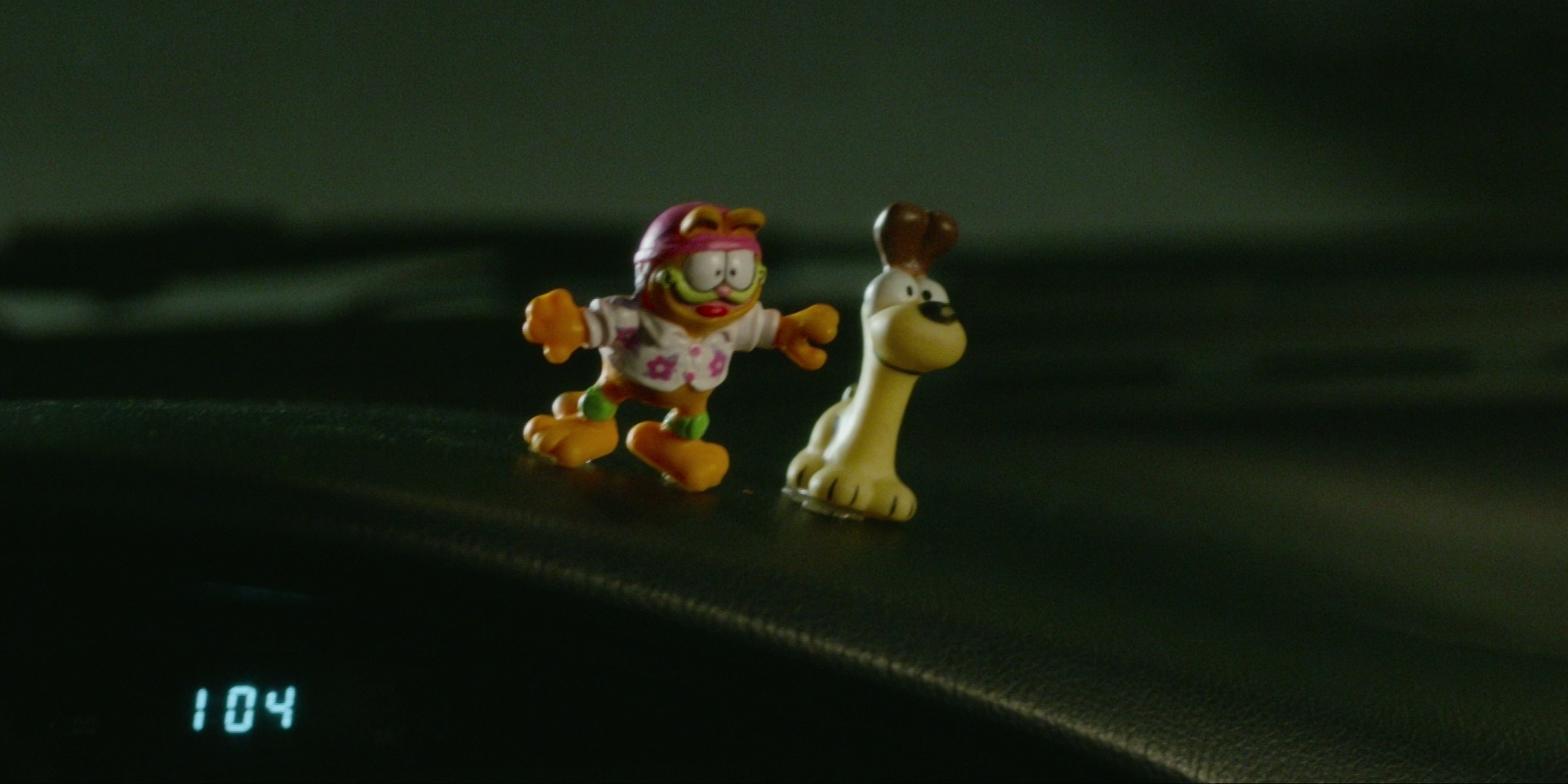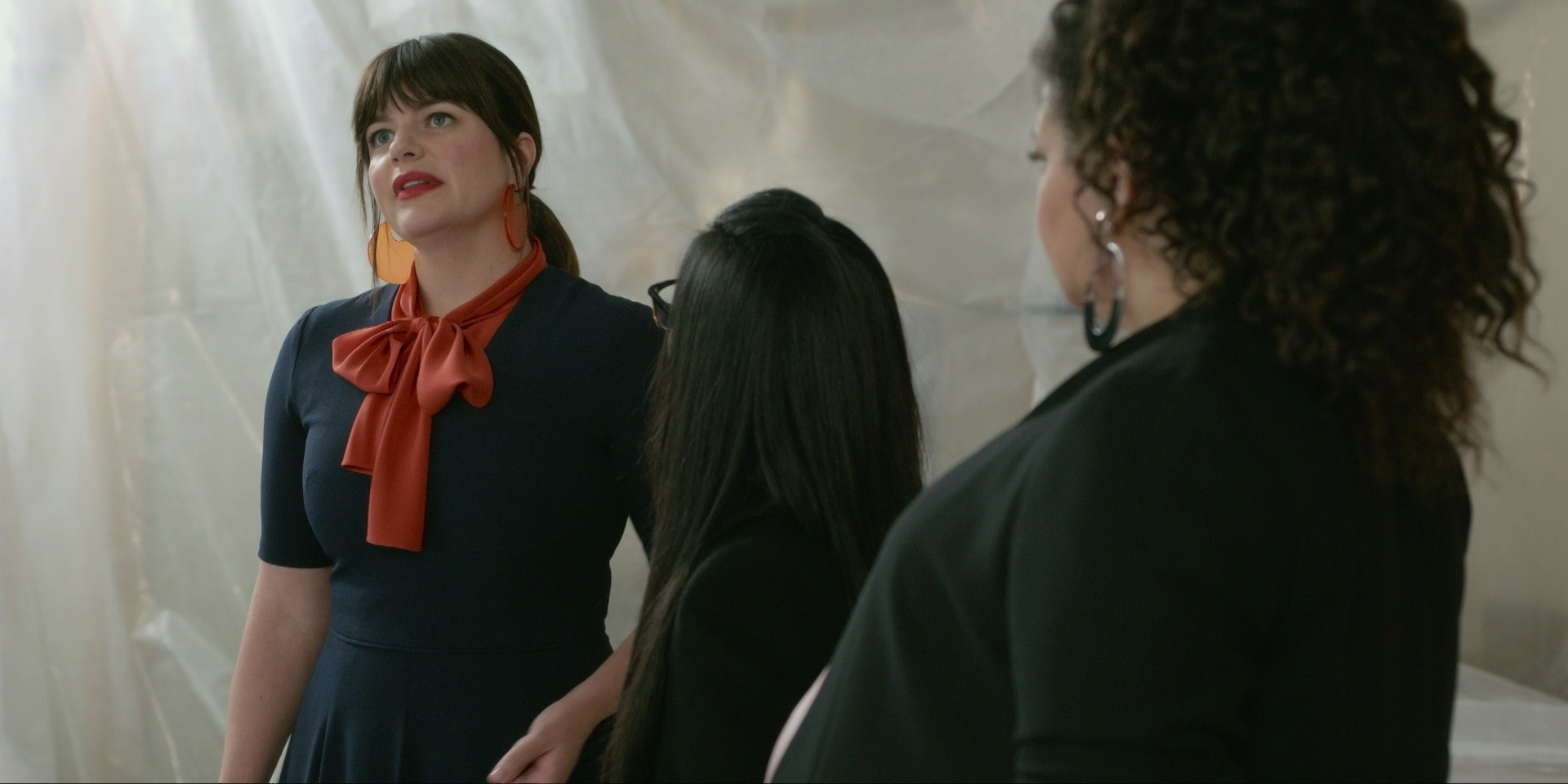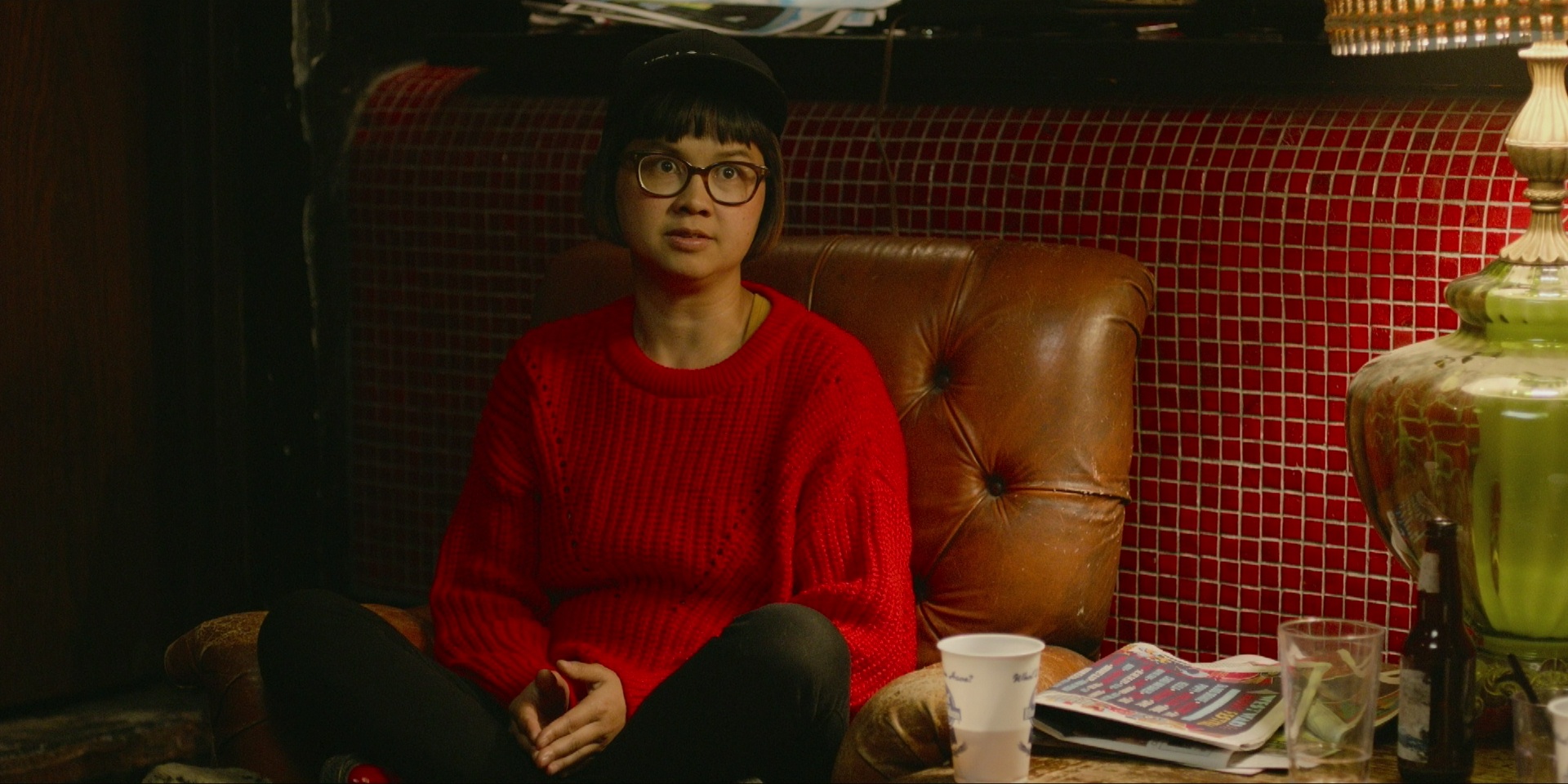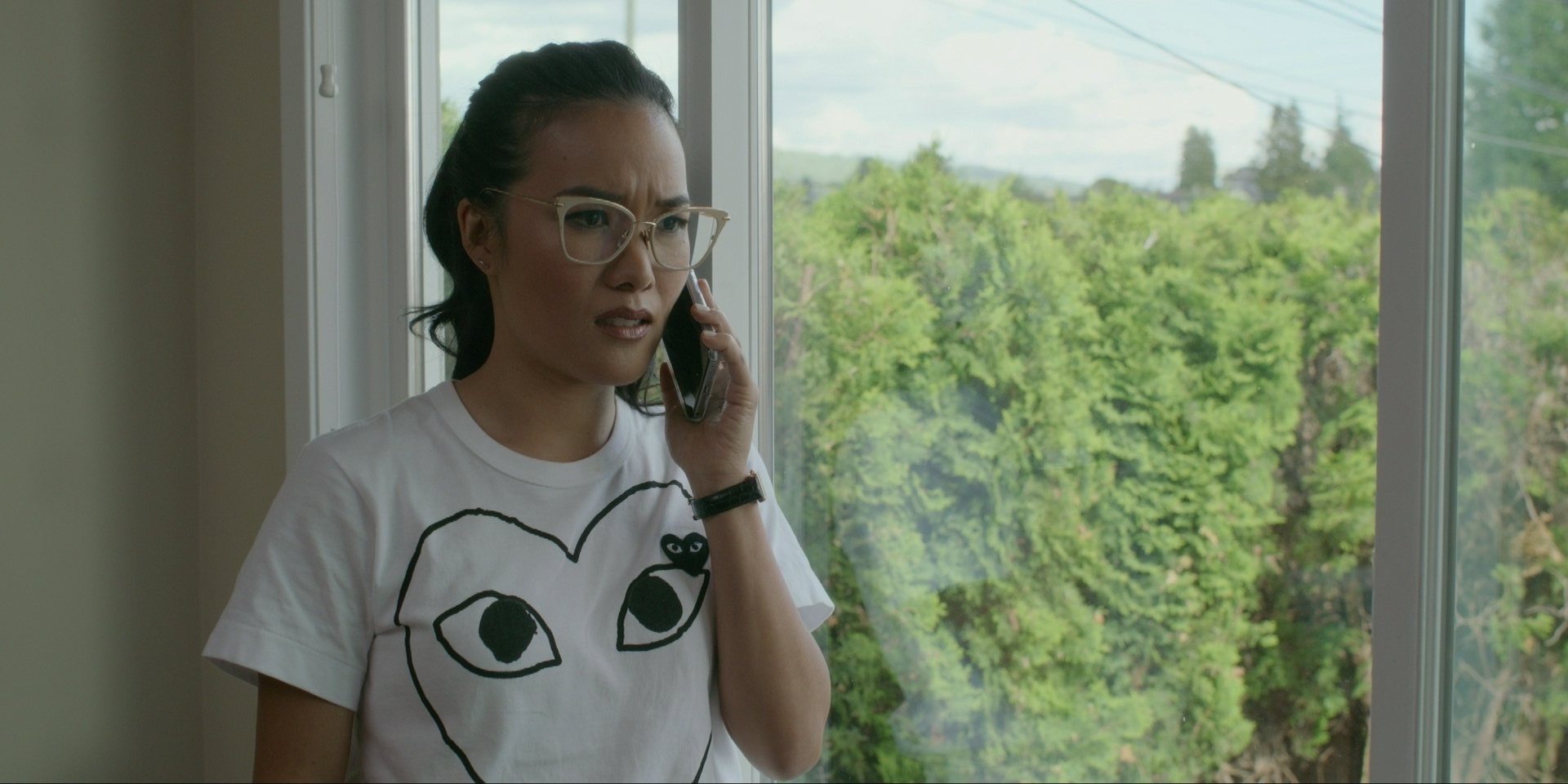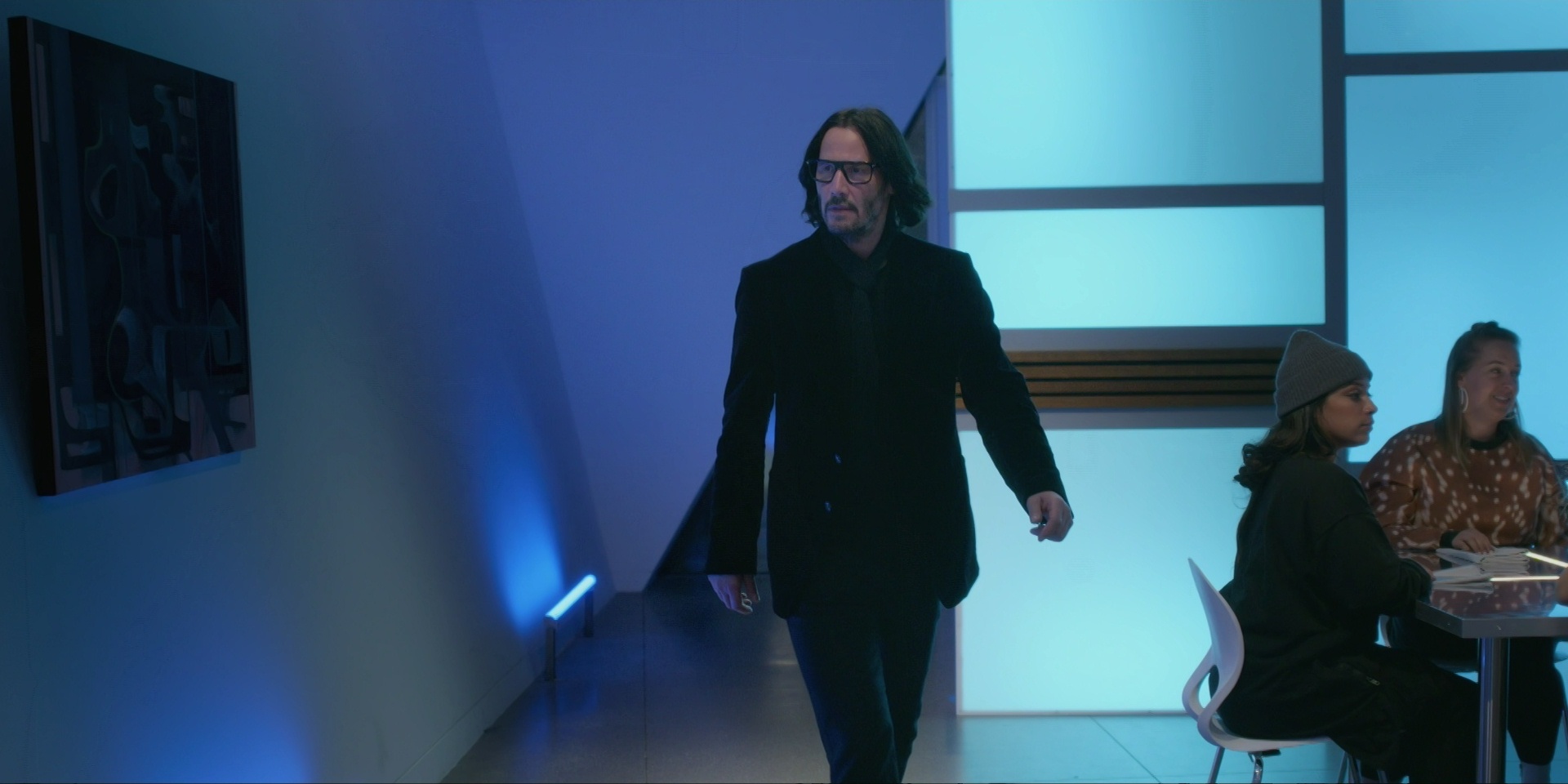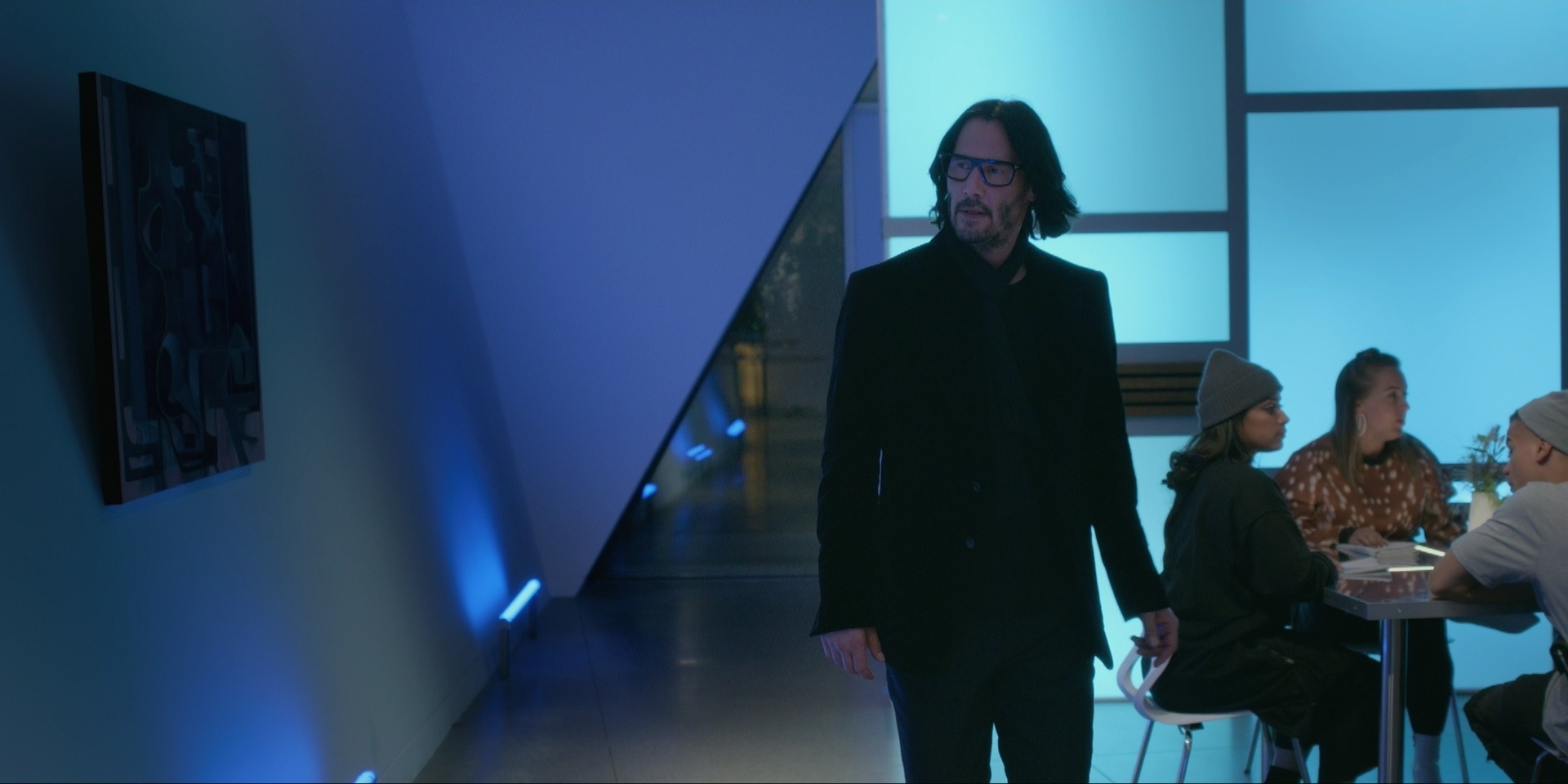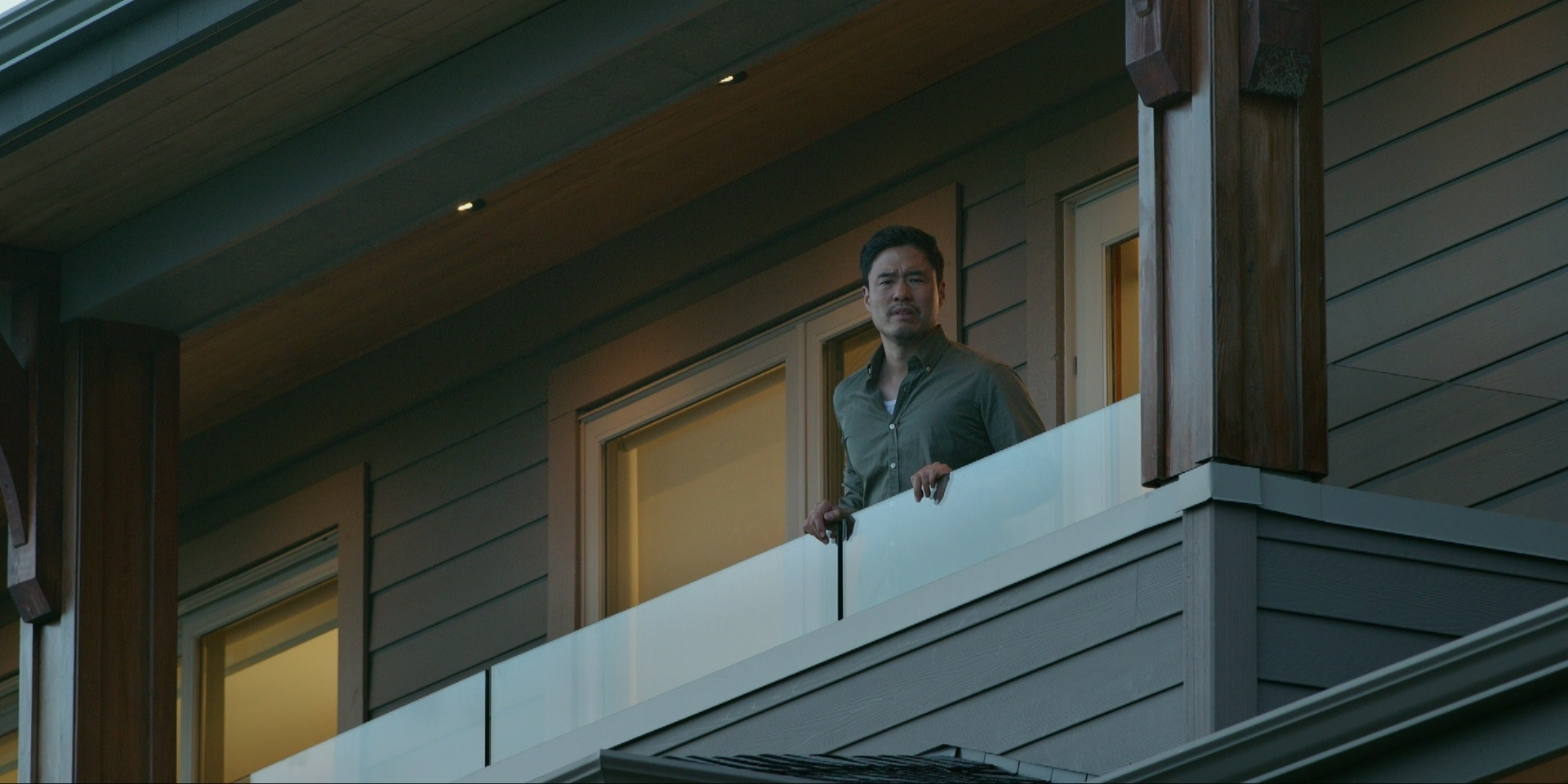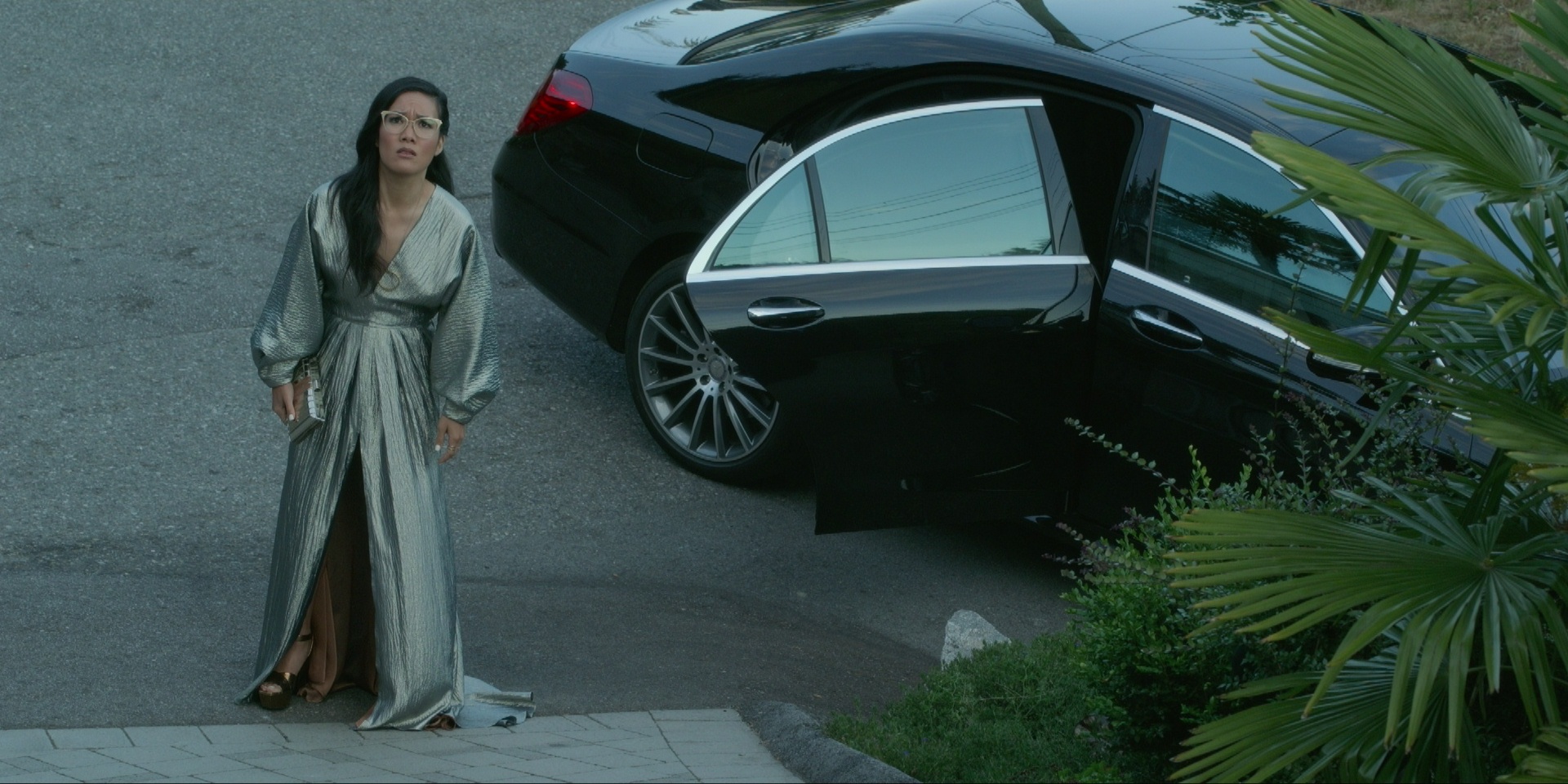Ununicode
I’ve been messing around to see whether running a WordPress installation is fun or not (spoilers: it’s really not), and all of a sudden my test blog articles had turned a strange shade of non-UTF-8.
For instance, some texts I had quoted used that strange apostrophe in “it’s”, and that had turned into “it’s”.
Now, that sequence of characters (which are Unicode code points 0xE2, 0x20AC and 0x2122) bears no resemblance to the code point for ’, which is 0x2019. But the UTF-8 for ’ is #xE2 #x80 #x99, and that’s the clue: In Windows Code Page 1252, the Euro sign in #x80 and the TM sign is #x99, so what I had on my hands was UTF-8 interpreted as CP1252, and then output as UTF-8 by WordPress.
*phew*
I wondered whether any series of calls to `{en,de}code-coding-region’ coupled with `string-{as,to}-unibyte’ would possibly allow me to un-destroy the text, but that made my head hurt, so I wrote undecodify.el and put it on Microsoft Github.
(undecodify "it’s") => "it’s"
It’s trivial, but at least that fixed the blog articles.
Now I just have to wait for the next thing to go wrong with WordPress…
May Music
Music I’ve bought in May.
After restraining my music buying impulses for a very, very long time (a month or two?), I broke down in May and went on several shopping sprees.
In particular, I’ve been buying Joe Jackson live albums and singles and stuff. I grew up with Beat Crazy, that wild and weird new wave album, because one of my older sisters had it, but I haven’t really explored the “misc.” stuff he released in this period, and the live albums are surprisingly amazing. New versions of all the songs I love.
I mean.
And then… more more more stuff. *sigh*
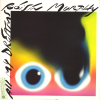 | 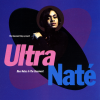 |  |  |  |
 |  | 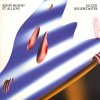 | 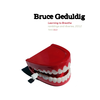 |  |
) | ) |  | 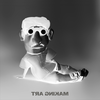 | ) |
) | ) |  | 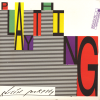 |  |
 | 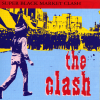 |  | 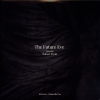 |  |
 | ) |  |  | 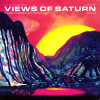 |
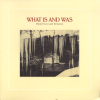 |
NFLX2019 May 30th: Chopsticks
Chopsticks. Sachin Yardi. 2019. ☆☆☆☆★★
Hey, yet another Indian movie…
They have been of more variable quality than the American movies (which are mostly er not very good), so perhaps this’ll be good? It’s a comedy, at least.
This is mainly a Hindi-speaking film (I think?), but when they speak English (as all Indians seem to do at the drop of a hat), the subtitles disappear and it’s all pretty incomprehensible.
It’s got some pretty charming actors. Especially the lead, Mithila Palkar, is great as the hapless young woman doing her level best to live her life. The problem is that that level is so modest that you can’t help respond to most of these scenes with OH NOOOOOOOES! So there’s some cringe, but it winds its way through its plot in a quite pleasant way. It’s well made, but slight.
I laughed out loud at the antics here and there.
Uhm:
Like the inconvenient cutlery it is named after, there’s little reason to try it if there are alternatives to be found.
That’s a weird flex, but whatevs.
The plot is basically Pygmalion, but in a very tidy Indian underworld. The education she’s subjected to feels more than a little abusive at times, though. And some of the twists are just too too.
This post is part of the NFLX2019 blog series.
NFLX2019 May 31st: Always Be My Maybe
Always Be My Maybe. Nahnatchka Khan. 2019. ☆☆☆☆☆★
Hey, this looks cute. It’s about two friends growing up?
Wow, that’s a weird song choice. Young Americans (by David Bowie) in a horrible cover version? Didn’t want to pay for the rights or would it be too obvious that that’s a horrible choice of a song to play over a montage of two kids having fun at a fair?
Other than that weird scene, this is such a slick movie. It’s so professional: All the sets are perfect; the actors are just right for the characters; the lines zip as if they’ve been polished just the right amount of time; the cinematography is colourful and stylish.
Which sounds like I think this is a bit soulless? A bit too calculated? A bit too generated by a Netflix algo?
But no, I’m really enjoying this. It wouldn’t have worked without the charming actors, but it just meanders amiably, which I like. While it’s obvious what some of the beats in the movie are going to be, the plot isn’t completely predetermined.
It’s funny. And Keanu is hilarious playing a fictional version of himself.
(The jokes about high-end food are a bit tired and the pivot to “genuine” food is *eye roll*.)
After I started this Netflix blog project I’ve been asked several times (that is, three?) whether there’s any of the movies I’d just randomly recommend. My answer has been “no” until now. I loved Paris Is Us, but I know that nobody else did, and Polar was nihilistic fun, but, again, everybody else hated it. But I think this may be the first Netflix Original that I’d say “yeah, watch that”. It’s not a great movie, but it’s almost perfect for what it is.
Bring all your hankies.
This post is part of the NFLX2019 blog series.

